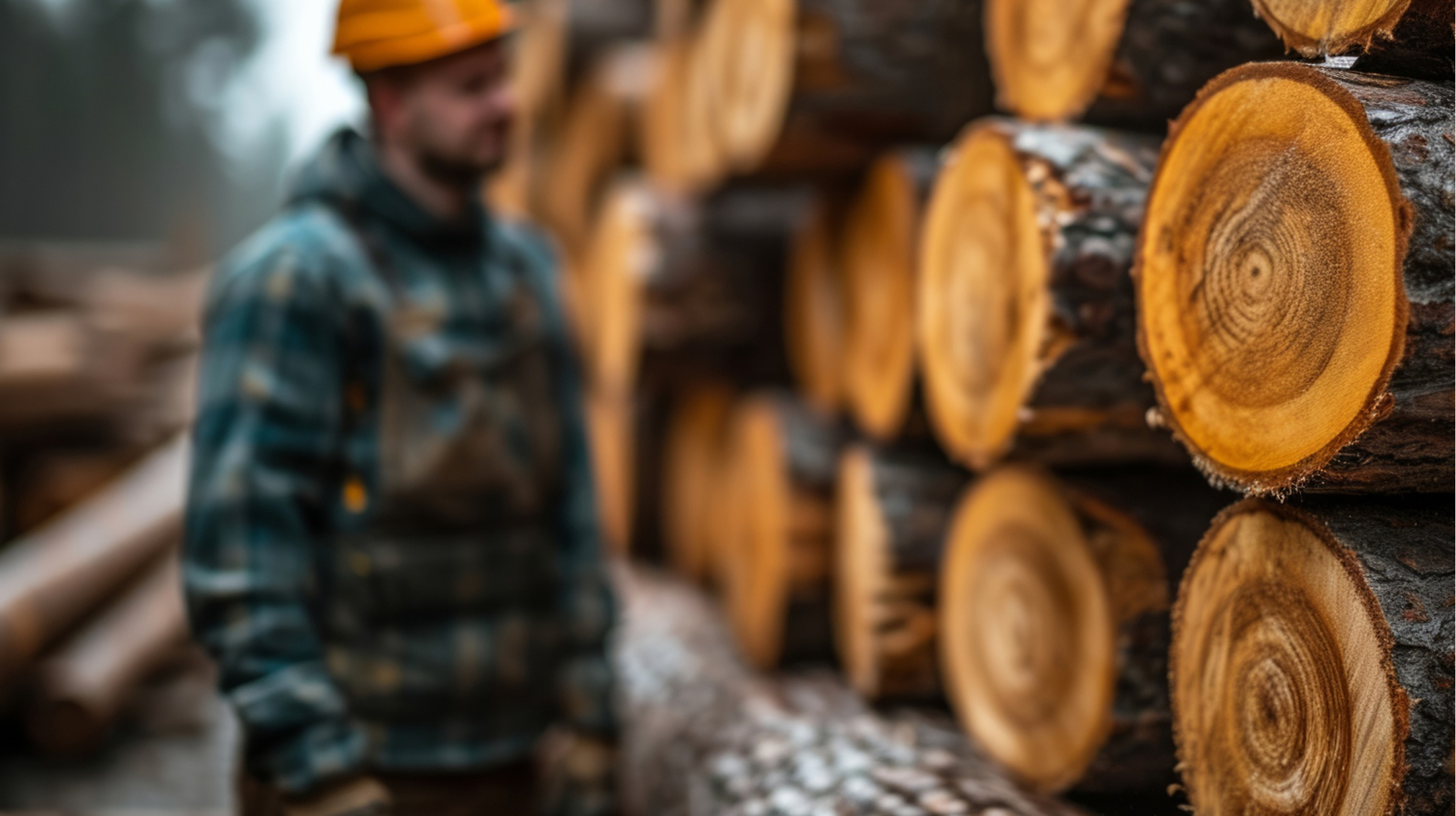Our Production

Production
Our Commitment to Quality Manufacturing
We specialize in high-quality wood products crafted with precision and care — from timber and veneer to plywood and wooden packaging.


Our Commitment to Quality Manufacturing
We specialize in high-quality wood products crafted with precision and care — from timber and veneer to plywood and wooden packaging.

INFORMATION REGARDING THE PROTECTION OF PERSONAL DATA
WEBSITE COOKIE POLICY
Our company is primarily responsible for ensuring the security of users’ personal data.
This Cookie Policy has been prepared to explain to users who visit our website which types of cookies are used for which purposes and how their data is processed.
Cookies are small text files that are placed on your device when you visit a website. These files are used to make your visit more personalized and efficient.
If you do not wish to accept cookies, you can delete or block cookies through your browser settings. However, this may affect some functionalities of the website. If you choose to accept cookies, we will assume that our website will continue to function properly.
Cookies are used for various purposes. These include improving the user experience, enhancing site performance, and remembering user preferences. Detailed information regarding these purposes is provided below:
To enhance the functionality of the website and improve the user experience,
To measure and improve the performance of the website,
To take necessary precautions for legal obligations and security purposes,
To carry out transactions in compliance with legal regulations.
Session cookies are stored on your device only during your visit. They are automatically deleted when you close your browser. These cookies are used to ensure the website functions correctly.
Persistent cookies are stored in your browser to remember user preferences and settings, and they provide a more personalized experience on your next visit to the site.
These cookies are necessary for the basic functions of the website. They are used to remember information such as user login details.
These cookies are used to analyze site performance by monitoring user behavior. They provide important information to help optimize the user experience.
These cookies collect information about your preferences and selections on the site, enabling personalization of your visit.
These cookies are used to display more relevant advertisements to users. They track users’ interests to provide more targeted content.
You can change your cookie preferences or block cookies using your browser settings. Most browsers allow users to accept only certain types of cookies, reject all cookies, or alert the user before a cookie is saved. You can delete or disable cookies through your browser settings.
This cookie policy may be updated from time to time. Changes to the policy will become effective as of the date they are published on our website. In cases where changes are significant, users will be notified accordingly.
Company Name
Address: Örnek Mahalle, Örnek Sokak No: 1, 34000, Istanbul
Phone: +90 212 123 45 67
Email:
info@ornekfirma.com
Website: www.ornekfirma.com